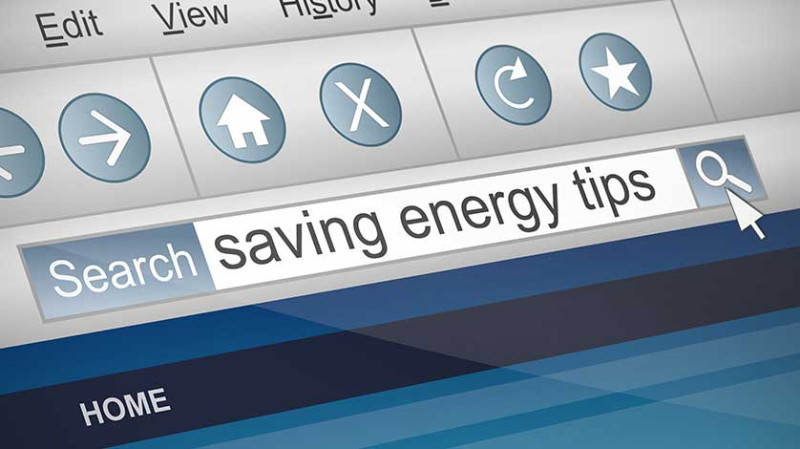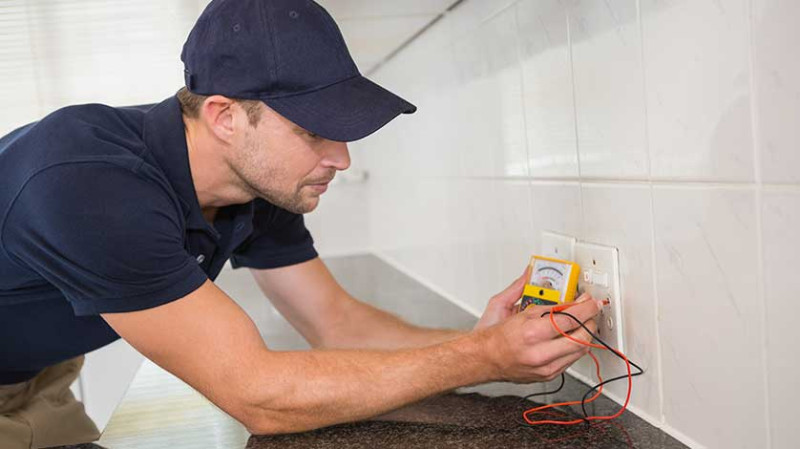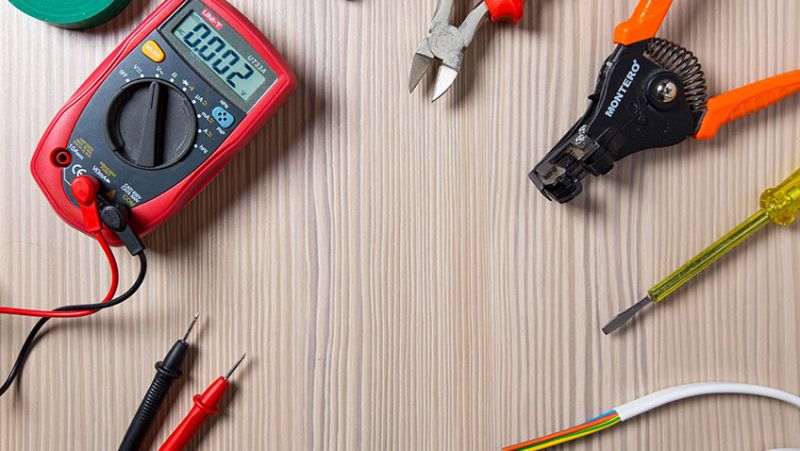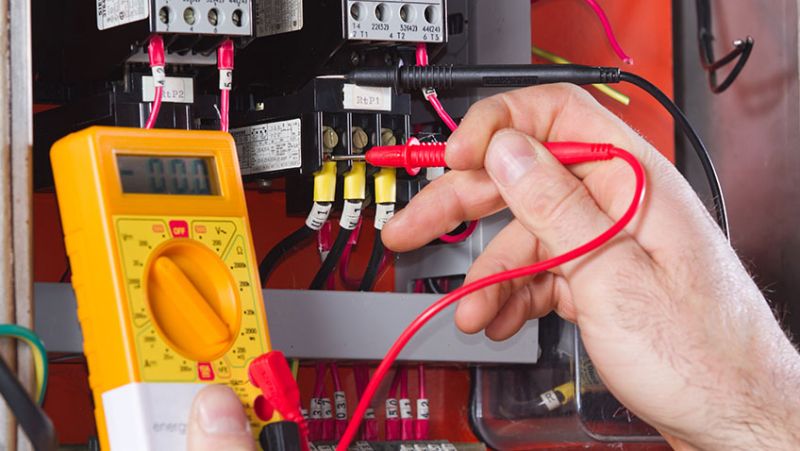
With rising energy prices and an increasingly eco-conscious society, homeowners and professionals alike are looking for smarter ways to reduce utility costs while staying comfortable all year round. Whether you're a DIY enthusiast, a young professional redesigning your first flat, an architect, designer, or a tradesperson working on refurb projects, this guide will give you practical, effective ideas to lower your energy bills—some simple enough to implement in a weekend!
1. Upgrade to LED Lighting
Swapping out older incandescent and halogen bulbs for modern LED alternatives is one of the easiest, quickest, and most affordable ways to cut down your electricity consumption. LEDs use up to 90% less energy than traditional lighting and last significantly longer—sometimes up to 25 years.
If you're tackling your own renovation or working on a project with clients, specifying LED lighting can drastically slash running costs without compromising on style or illumination. Choose from warm white tones for living areas or crisp cool whites for kitchens and bathrooms to create the right mood.
Modern LEDs come in a wide array of fittings—spotlights, pendants, strip lighting—perfect for both retrofit installs and new build specifications. They also generate less heat, reducing the need for additional ventilation or cooling.
Some smart LED bulbs are dimmable and app-controlled, allowing even greater control of usage and ambiance. That’s great for when you’ve left a light on by accident or want to schedule lighting for different rooms.
2. Insulate Your Loft and Walls
Poor insulation is one of the biggest culprits for heat loss in UK homes, especially older properties. According to the Energy Saving Trust, around 25% of heat escapes through the roof, while uninsulated walls can account for up to 30% of wasted heat.
Adding sufficient loft insulation—typically 270mm of mineral wool—is a straightforward job for DIYers and can pay for itself in just a couple of years. It’s also one of the most value-adding home improvements for resale.
For cavity walls, professional installation is usually required, but it's a cost-effective upgrade, especially for properties built between 1920 and 1990. Solid wall insulation, while pricier, can lead to even greater energy savings—up to £540 per year according to UK government figures.
For professionals advising clients, remember that insulation also improves soundproofing and internal comfort, making the space more attractive for resale or long-term occupancy.
3. Seal Draughty Gaps
Gaps around windows, doors, floorboards, and even letterboxes can significantly undermine your heating system. Cold air gets in; warm air gets out—meaning higher bills and less comfort.
Use self-adhesive rubber seals for windows and doors, install keyhole and letterbox covers, and apply draught-proofing strips under doors and around floorboards. These are budget-friendly solutions that make a noticeable difference, especially in the colder months.
Draught-proofing can even reduce energy usage by 10–15%, according to multiple UK-specific studies, making it an ideal weekend DIY project or professional add-on during renovation jobs.
For sash windows, professional refurbishment or secondary glazing might be more appropriate but still cost-effective in the long run.
4. Fit a Smart Thermostat
Smart thermostats like Nest, Hive, and Tado allow you to customise heating schedules, monitor your usage in real-time, and control temperatures remotely via smartphone apps.
These devices can learn your habits and automatically adjust heating patterns to avoid unnecessary use. For instance, switching off when you leave the house and pre-heating just before you come home. The result? A potential 10–12% reduction in heating bills.
Smart zones are particularly useful in larger homes or multi-unit properties—heat only where and when it’s needed. Ideal for designers and architects planning heating layouts in new builds or smart homes.
Many products integrate with voice assistants and offer usage analytics, making them a sleek and intelligent upgrade for tech-savvy homeowners or anyone concerned with reducing their carbon footprint.
5. Optimise Your Heating System
Older boilers or inefficient radiators can ramp up energy usage significantly. If your boiler is over 10–15 years old, upgrading to an A-rated condensing unit could reduce bills by as much as £300 annually.
Adding thermostatic radiator valves (TRVs) to each radiator allows better room-by-room control. This reduces wasted energy by only heating occupied spaces—particularly useful for larger homes or during off-peak periods like night-time or weekdays.
Bleeding your radiators at least once a year ensures they heat efficiently. Air trapped inside can cause cold spots and force the boiler to work harder, therefore using more gas or electricity.
Consider installing a MagnaClean filter or flushing the central heating system. It removes sludge build-up and improves boiler efficiency drastically—something tradespeople or landlords should routinely suggest to clients.
6. Upgrade Glazing
Double or triple glazed windows significantly improve thermal performance and acoustic insulation. Single-glazed properties can lose around 40% of heat through windows alone.
For heritage buildings or conservation areas, secondary glazing may be a better choice, preserving aesthetics while boosting insulation. It’s a favourite among designers working in period renovation projects.
Pilkington-rated and low E-glass options further enhance energy efficiency. Choose units with gas-filled cavities (argon or krypton) for maximum performance.
While window replacement is an investment, it frequently features on the top list of home improvements that increase property value, while yielding considerable long-term savings on heating.
7. Install Energy-Efficient Appliances
Modern appliances come with energy efficiency labels (A to G ratings) that reflect their power consumption. Upgrading to A-rated appliances could lower your electricity spend by hundreds annually.
Energy-efficient washing machines, dishwashers, and fridges consume less energy and water, offering dual savings. Look for models with eco-mode settings and smart sensors.
DIYers and landlords refitting kitchens should prioritise energy star-rated appliances not just to lower bills but also as a selling point for buyers and tenants.
Encourage replacing old tumble dryers or electric hobs with heat pump dryers or induction systems—more efficient and often faster.
8. Use Smart Plugs and Timers
Smart plugs allow you to turn devices off remotely and monitor their consumption. Ideal for controlling lamps, fans, or other plug-in appliances—especially useful if you travel a lot or own a holiday let.
Socket timers can cut the power supply when not in use—stopping phantom energy use from electronics left in standby mode. The Energy Saving Trust estimates phantom loads account for around 9–16% of electricity bills.
For the tradesperson fitting out smart homes, it’s an easy value-add that impresses clients and improves efficiency. Smart plugs are also excellent for elderly residents or those with accessibility concerns.
9. Take Advantage of Off-Peak Rates
If you're on an Economy 7 or Economy 10 tariff, running appliances like washing machines or heaters during off-peak hours can save significantly.
Smart washing machines and dishwashers can be scheduled to operate during cheaper nighttime electricity periods—saving energy and money every month without changing your habits.
Electric storage heaters, if properly managed, are also cost-effective on time-of-use tariffs, charging when rates are low and releasing heat gradually throughout the day.
If you have solar panels or plan to install them, try matching your high-consumption tasks to daylight hours when generation is at its peak to make the most of your free electricity.
10. Maintain Your Boiler Annually
An annual boiler service is a small cost that prevents breakdowns and improves operational efficiency. Sediment build-up or faulty parts can cause boilers to overwork, burning more gas and raising your bill.
Landlords are legally required to conduct these safety checks, but homeowners often neglect them. Combine a service with a system flush, and your heating will work quicker, more quietly, and more economically.
Choose a Gas Safe-registered engineer, and always ask them to check for pressure levels, water leaks, and ventilation adequacy.
Trade professionals would do well to incorporate service reminders in maintenance plans to help tenants or homeowners extend their boiler’s lifespan.
11. Install Solar Panels or a Heat Pump
Although initial costs are higher, installing solar panels or an air source heat pump can dramatically reduce—sometimes eliminate—your energy bills. Government-backed initiatives like the Smart Export Guarantee (SEG) also provide payments for surplus electricity you feed back to the grid.
An air source heat pump, when combined with good insulation, can provide heating at a fraction of the cost of gas boilers. They're especially valuable on new build or major retrofitting projects.
Solar panels can provide up to 60–70% of electricity needs across the year, and paired with battery storage systems, you can use solar energy even after the sun goes down.
For developers and designers, these features massively enhance EPC ratings and are increasingly desirable for buyers looking to futureproof their homes.
Conclusion
Whether you're a hands-on DIY aficionado or a professional advising clients, reducing energy usage is no longer just a nice-to-have—it’s essential. From quick wins like changing light bulbs or sealing gaps to longer-term investments like solar panels or new glazing, these 11 simple strategies can collectively slash your energy bills by up to 51%.
Consistent savings, improved comfort, and added property value? That’s a win-win-win. Start implementing today, and enjoy a warmer, greener, and more cost-effective home all year round.






